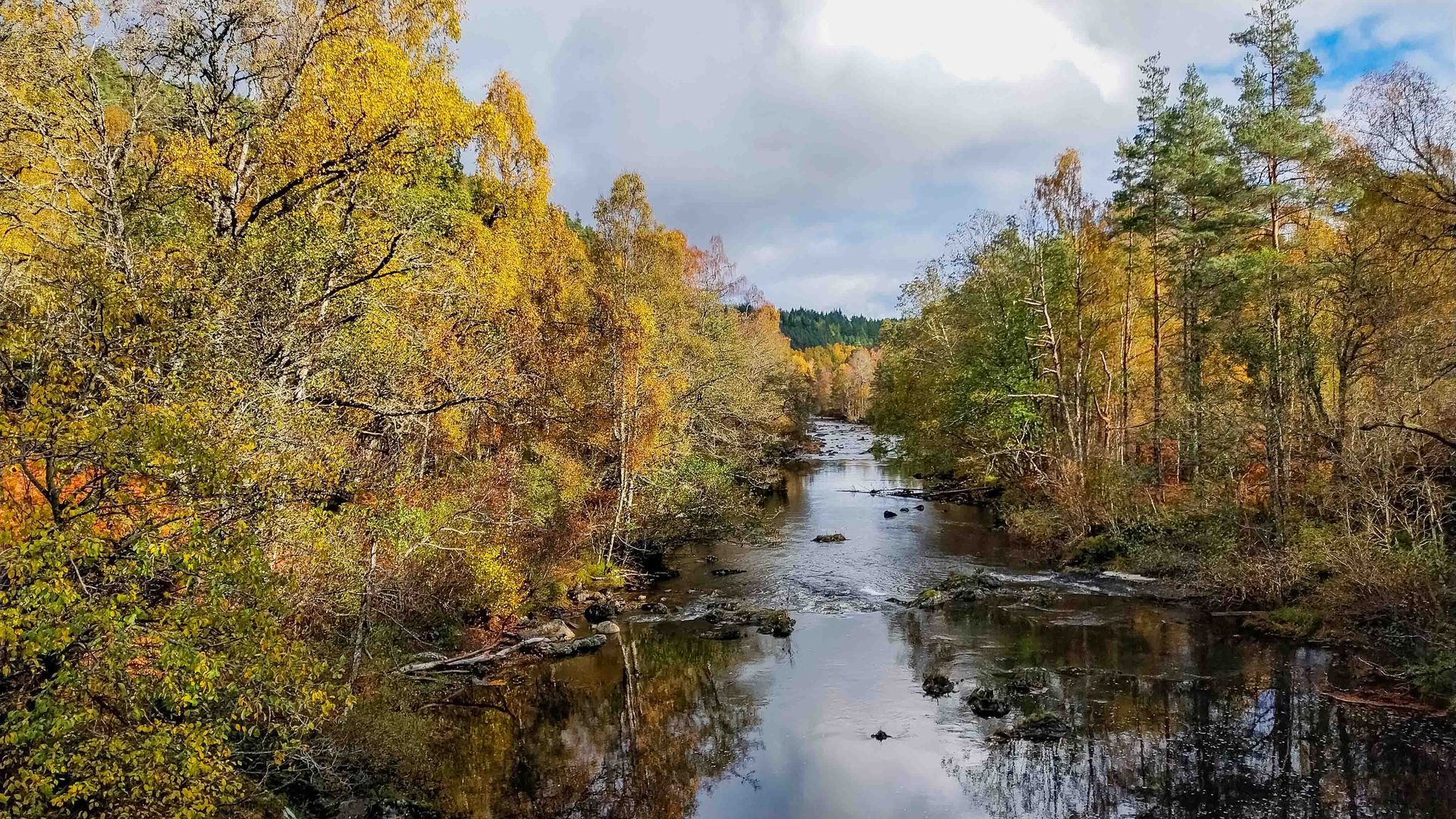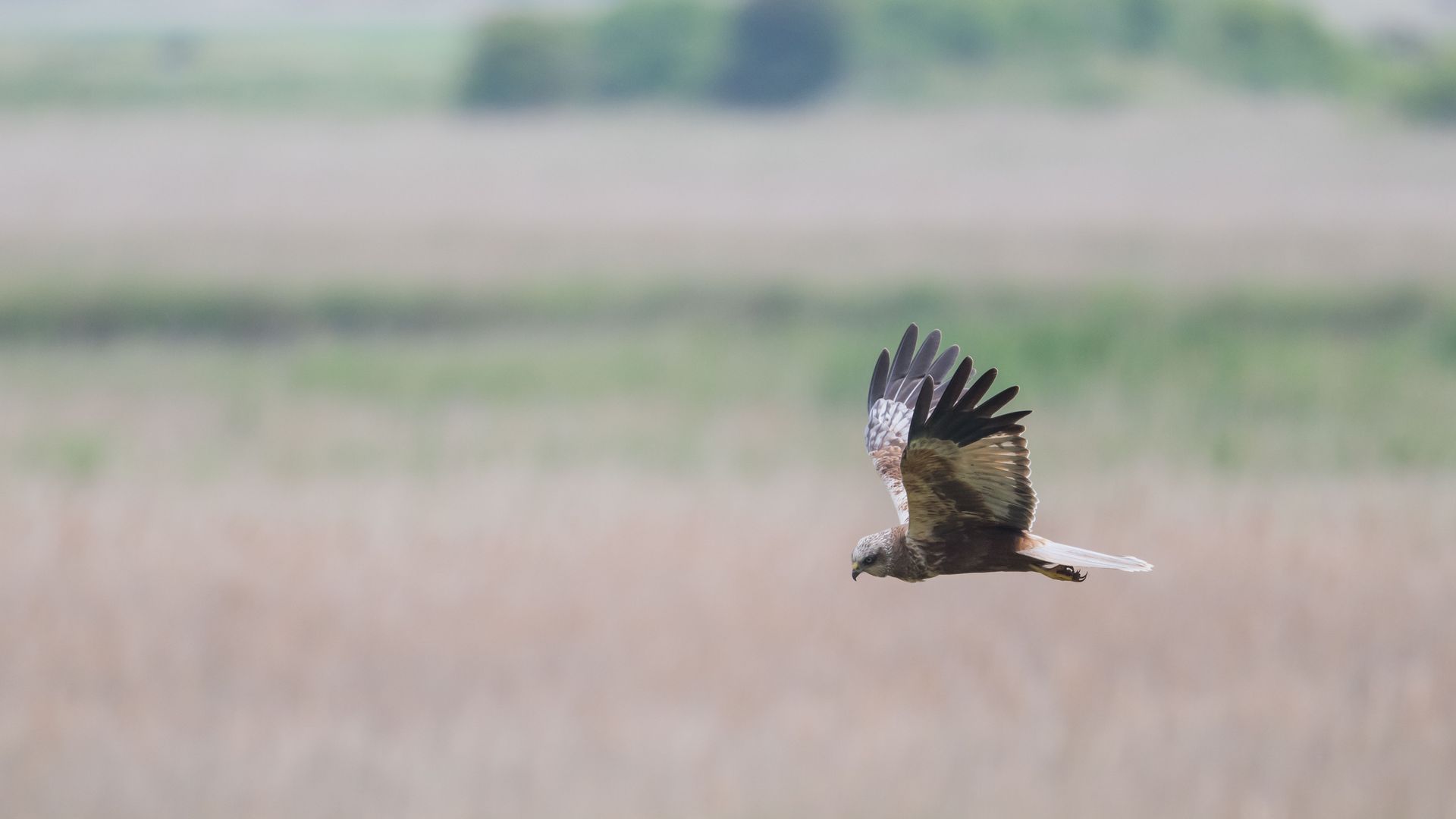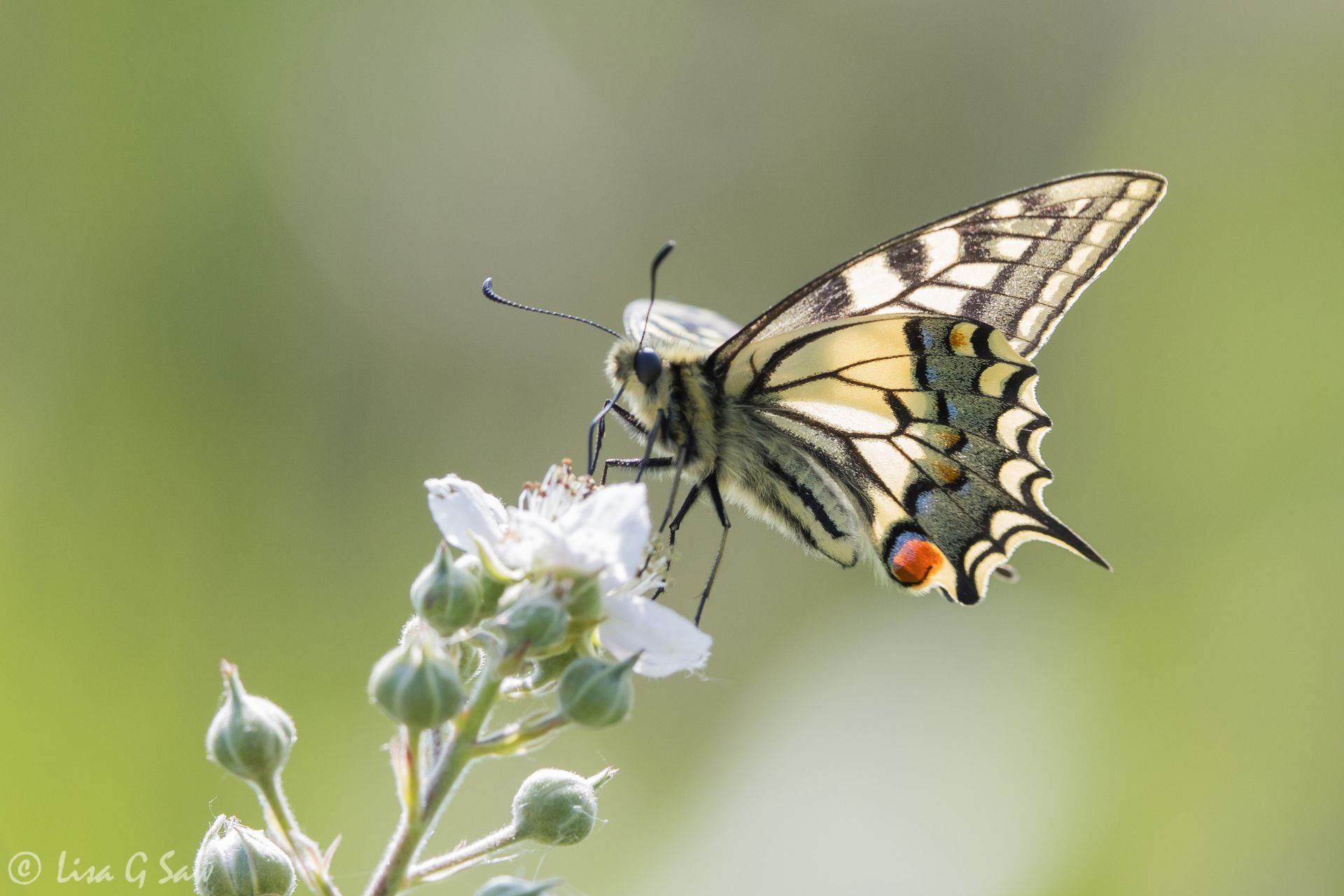Sunset Over The Sea
I headed down to the beach at dusk. It was a sunny autumn afternoon and several people had the same idea as me. I walked down the beach away from most on the esplanade. I recalled one of my last visits to the beach, when the air was warmer and the sea calmer. Today, the sea was noisy. There was no silent moment between the rise and fall of the tide. With the wind behind me, I flipped up my hood and instantly it dulled the sounds around me and provided some warmth.
I realised my shoulders were tense. So, I let go and relaxed, standing, facing the sun as it neared towards the horizon. Despite the distraction of the sea and wind, everything else seemed calm and effortless, the way the seabirds were gliding across the darkening sky and how the sun slowly dipped behind the faraway clouds and then appeared to melt into the sea. The sun was such a gorgeous fiery orange. I stood still, watching the light change and the sun set, thinking about how happy I've been the last few weeks.
The challenges of this year have been floating away behind me. What’s past is past. The sun has set. I’ve embraced the hard times and delved deep inside to get to where I am now. It’s all been worth it, in ways I never dreamed possible. With a feeling of hope and optimism I can move forward. I’m so happy about all the things on my horizon.
I continued to walk along the beach, wondering if the sun would provide that wonderful encore, that last light, before the day was done. It didn't look like it would, so I turned around and started to head home. Thankfully, I cast a glance over my shoulder and I saw it, the last rays of the sun illuminated the underside of a band of clouds. The glow warmed my heart and made me smile. It was beautiful.



